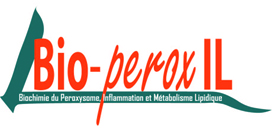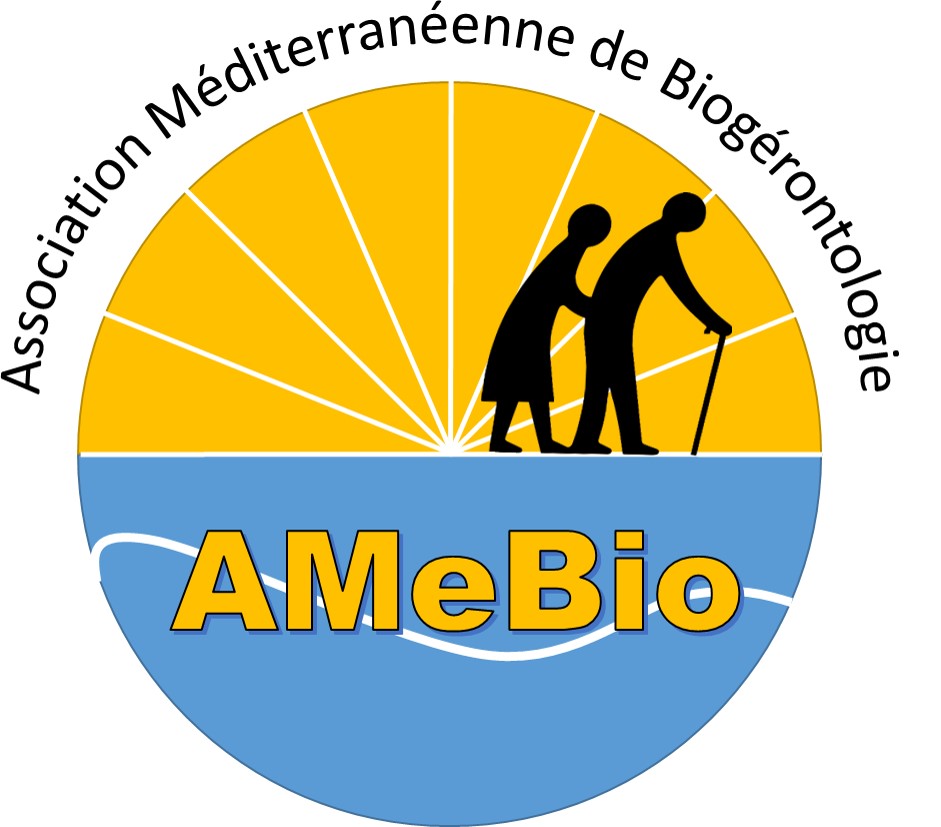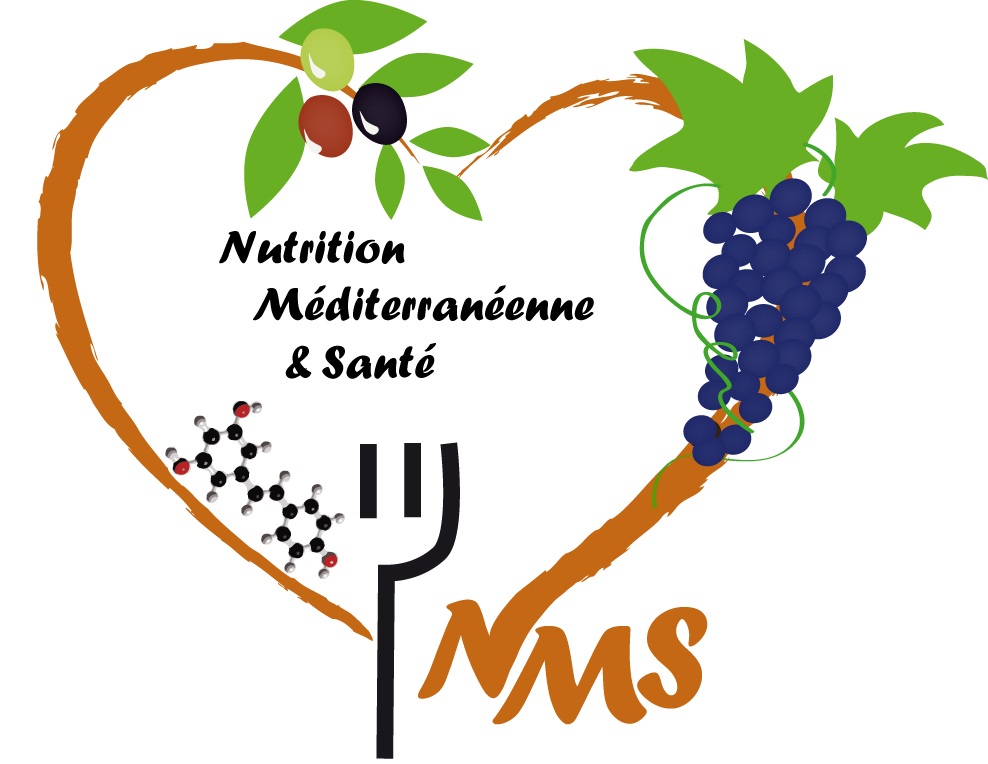-
Organisation de colloques
ANNOUNCEMENT
Pre-programme 13 october-2015

Mediterranean colloquium « Wine and Nutrition»
Hyères-Les-Palmiers (Provence) France
9-10 march 2016
Meeting under the auspices of the UNESCO Chair,
culture and tradition of wine
http://chaireunesco-vinetculture.u-bourgogne.fr/
Objectives
To highlight the cultural, nutritionnal aspects and the traditionnal way of life link to the multisecular mediterranean civilisation where the wine is a central element of welfare and health if it is used with moderation.
Further advances on scientific and medical knowledge.
To rehabilitate the wine and its perception to the politician leaders, the society, the medical area and the image vectors.
Associated european countries of the mediterranean area : France, Italy, Spain.
Themes
Wine and mediterranean diet; cardiovascular; cognitive aging; inflammation; cancer; polyphenols anti-/pro-oxidants; tasting; welfare; societal image; society perception.
Language
Most of the lectures will be given in french. However english speaking language is welcome if needed
Location : Espace La Villette-Espace 3000 Rond-point du 18 juin 1940F-83400 Hyères-les-Palmiers, France.
Tel. +33(0)4 94 01 84 02 / +33(0)4 94 58 48 43The city of Hyères-Les-Palmiers is one of the first balnear station of the Côte d’Azur. It conserved its architectural character of the Queen Victoria time. Its medieval quarter has conserved its narrow and pittoresque streets. A proximity of the Giens peninsula and exceptionnal and protected sites of the Port-Cros and Porquerolles islands. Nearby, noticeable sites to discover : Bormes-Les-Mimosas, le Fort de Brégançon, Saint-Tropez, les calanques de Cassis…
Contact of the organizing committee
Prof. Norbert Latruffe (Univ. Bourgogne-UNESCO Chair)
Labo de Biochimie (BioperoxIL)
6, Bd Gabriel, 21000 Dijon, France
Tel : + 33 (0) 3 84 32 41 97
E.mail : Cette adresse e-mail est protégée contre les robots spammeurs. Vous devez activer le JavaScript pour la visualiser.Registration and abstract of communications. (before january 31st, 2016)
-
Plateau Technique de Nanotoxicologie
 Première plateforme de nano-toxicologie sur un site universitaire en France
Première plateforme de nano-toxicologie sur un site universitaire en France Le laboratoire Bio-PeroxIL possède une solide expérience en nanotoxicologie acquise sur différents modèles cellulaires ainsi que sur des souris en utilisant des nanoparticules et des nanotubes à base de fer, de zinc et de titane. Différentes techniques, en particulier en cytométrie en flux, sont actuellement opérationnelles pour établir un profil toxicologique rapide de nanoparticules. Les effets sur le stress oxydant, l’inflammation, le métabolisme lipidique et la mort cellulaire peuvent être précisés en prenant en compte l’impact sur les organites cellulaires (mitochondrie, peroxysome). Le laboratoire peut effectuer du travail à façon pour des structures publiques ou privées en garantissant la confidentialité.
Pour toute demande, vous pouvez contacter Cette adresse e-mail est protégée contre les robots spammeurs. Vous devez activer le JavaScript pour la visualiser. ou par téléphone (33 (0)3 80 39 62 56) ou le secrétariat Cette adresse e-mail est protégée contre les robots spammeurs. Vous devez activer le JavaScript pour la visualiser. ( 33(0)3 80 39 62 37)
 Open access peer-reviewed chapter
Open access peer-reviewed chapter
Toxicological Risk Assessment of Emerging Nanomaterials: Cytotoxicity, Cellular Uptake, Effects on Biogenesis and Cell Organelle Activity, Acute Toxicity and Biodistribution of Oxide Nanoparticles
By Lionel Maurizi, Anne-Laure Papa, Julien Boudon, Sruthi Sudhakaran, Benoist Pruvot, David Vandroux, Johanna Chluba, Gérard Lizard and Nadine MillotPlatform of Nanotoxicology
Bio-PeroxIL's laboratory has a strong experiment in nanotoxicology acquired in vitro on various cell models and in vivo on mice. Various types of nanoparticles and nanotubes have been studied. Several technics are available to establish a toxicological profil of nanoparticles. The effects on oxidative stress, inflammation, lipid metabolism and cell death are studied with a particular attention for the impact on mitochondria and peroxisome. The platform of nanotoxicology from Bio-PeroxIL's laboratory can work both for private or public laboratories under confidential agreement.
For inquiries, please contact Cette adresse e-mail est protégée contre les robots spammeurs. Vous devez activer le JavaScript pour la visualiser. or phone
(33 (0)3 80 39 62 56), secretary Cette adresse e-mail est protégée contre les robots spammeurs. Vous devez activer le JavaScript pour la visualiser. ( 33(0)3 80 39 62 37) Open access peer-reviewed chapter
Open access peer-reviewed chapter
Toxicological Risk Assessment of Emerging Nanomaterials: Cytotoxicity, Cellular Uptake, Effects on Biogenesis and Cell Organelle Activity, Acute Toxicity and Biodistribution of Oxide Nanoparticles
By Lionel Maurizi, Anne-Laure Papa, Julien Boudon, Sruthi Sudhakaran, Benoist Pruvot, David Vandroux, Johanna Chluba, Gérard Lizard and Nadine Millot -
Conférences
26 mai 2014 à 10h30
Bâtiment Gabriel – Aile Nord - salle 209Coactivators... New Actors on the Old stage of Drug Metabolism
Sailesh Surapureddi, Staff Scientist, NIEHS, NIH.
Human Metabolism Group, Laboratory of Toxicology and Pharmacology, National Institute of Environmental Health Sciences, National Institutes of Health, Research Triangle Park, North Carolina, 27703.
-
Sailesh Surapureddi
Conférence le 26 mai 2014 à 10h30
Bâtiment Gabriel – Aile Nord - salle 209
Laboratoire BIO-PeroxIl (EA7270)Sailesh Surapureddi, Staff Scientist, NIEHS, NIH.
Coactivators... New Actors on the Old stage of Drug MetabolismHuman Metabolism Group, Laboratory of Toxicology and Pharmacology, National Institute of Environmental Health Sciences, National Institutes of Health, Research Triangle Park, North Carolina, 27703.
Cytochrome P450 (CYP450) enzymes are important for the hepatic metabolism of exogenous chemicals including common pharmaceutical drugs such as Warfarin and Ibuprofen, as well as the metabolism of endogenous substrates. These CYPs are induced by a variety of Nuclear Receptors, such as PPARs, GR, CAR/PXR and HNF4a, depending on the signaling pathway that is activated. However the targeted CYP expression is highly attuned by Coactivators for their level of expression. Nuclear receptors typically bind to their cognate response elements, but Coactivators are the important players that bind to the NRs in a tissue-cell-gene, specific fashion bring about the changes required in the chromatin modifications. For example, the massive surge in Phase I enzymes required for the detoxification process of drugs is catered by the Coactivator NCOA6, which bridges the Nuclear Receptors, CAR and HNF4a, bound to their respective binding sites in the promoter for the synergistic induction CYP2C9. Med25, a variable member of the Mediator complex binds exclusively with HNF4a and converts HNF4a bound protein complex from an inactive to an active complex and the association of the Mediator complex is more crucial for the recruitment of the RNA Pol II to the promoter region of CYP genes. Finally, we will show how Mediator complex and specifically Med25 is important
in regulating the epigenetic landscape of CYP gene promoters- important histone modifications mechanisms, eventually causing the chromatin conformation to change to an open actively transcribed state to allow for increased levels of transcriptional activation of highly inducible genes such as the Cytochrome P450s.Contact : Mustapha Cherkaoui Malki (Cette adresse e-mail est protégée contre les robots spammeurs. Vous devez activer le JavaScript pour la visualiser.)
-
AEP-Bio
Association pour les Études sur les Peroxysomes et les PPARs (AEP-Bio)
15ème Réunion
le Vendredi 13 juin 2014
UFR SVTE, 6 Bd Gabriel, 21000 DijonTélécharger votre formulaire d'inscription ici
L’AEP-Bio est une Association loi 1901 qui réunit des scientifiques impliqués dans l’étude des peroxysomes et des récepteurs nucléaires PPARs, ou dans des sujets connexes, sous des aspects aussi divers que la nutrition, la toxicologie, la pharmacologie, la biochimie, la biologie cellulaire, la biologie moléculaire, la génétique, etc… de la levure à l’homme. L’AEP-Bio regroupe les membres d’une vingtaine de laboratoires français et a pour vocation d’organiser tous les 2 ans une journée scientifique où sont présentées des communications orales sur des sujets divers mais ayant pour point commun les peroxysomes ou les PPARs. Les doctorants et les étudiants en Master sont particulièrement encouragés à présenter et à discuter leurs travaux.
La dernière réunion s’est tenue à Paris en 2010 à la Faculté de Pharmacie. En 2012, du fait de l’organisation de l’Open European Peroxisome Meeting à Dijon, nous avons finalement repoussé l’organisation de cette 15e réunion à 2014. Nous aurons le plaisir d’avoir deux conférences plénières données par Jean Bastin (sur les derniers développements PPAR et les défaut d’oxydation d’acides gras) et Gérard Lizard (sur le peroxysome et les maladies neurodégénératives). Après un déjeuner qui vous sera offert, notre assemblée générale sera suivie par des communications orales. Une priorité sera donnée aux présentations faites par des étudiants et un prix de la meilleure présentation sera d’ailleurs attribué à cette occasion.
La somme de 10 euros qui fait office de cotisation à l’association sera demandée à l’ensemble des participants.
Merci de vous inscrire avant le 1er mai en renvoyant le formulaire d’inscription à l’adresse suivante : Cette adresse e-mail est protégée contre les robots spammeurs. Vous devez activer le JavaScript pour la visualiser..
Merci de diffuser largement cette information.Bien amicalement,
Les organisateurs : Pierre Andreoletti, Mustapha Cherkaoui Malki et Stéphane Savary
Programme prévisionnel
AEP-BIO 15e Réunion « PEROXYSOMES & PPARs »
Vendredi 13 juin 2014
Amphi Billet, UFR SVTE,
6, Bd Gabriel 21000 Dijon
9h00–10h00 Accueil
10h00–10h15 Ouverture de la session des conférencesConférences pléniaires
10h15–11h00 Activation de PPAR, pathologies de la beta-oxydation des acides gras Jean Bastin, Paris.
11h00–11h45 Peroxysomes et maladies neurodégénératives Gérard Lizard, Dijon,12h00–13h30 Déjeuner
13h50-14h00 Assemblée générale de l’AEP-Bio
14h00-17h20 Communications oralesSession 1 «Peroxysomes»
14h00–14h20 Communication 1
14h20–14h40 Communication 2
14h40–15h00 Communication 3
15h00–15h20 Communication 4Pause café
Session 2 «PPARs»
15h40–16h00 Communication 5
16h20–14h40 Communication 6
16h40–17h00 Communication 7
17h00–17h20 Communication 817h30 remise du prix de la meilleure communication et fin de la journée
-
Formations
Les enseignants/chercheurs et chercheurs du laboratoire participent activement aux formations suivantes :
- Master MIB - Master Management et Innovation en Biotechnologies master MIB - Master Management et Innovation en Biotechnologies
- DIU de Cytométrie
- Master Pro " Technologies Cellulaires et Moléculaires en BioSanté"
- Cyto Magh 2018
-
DIU Cyto
- DIU de cytométrie (télécharger la plaquette ici)
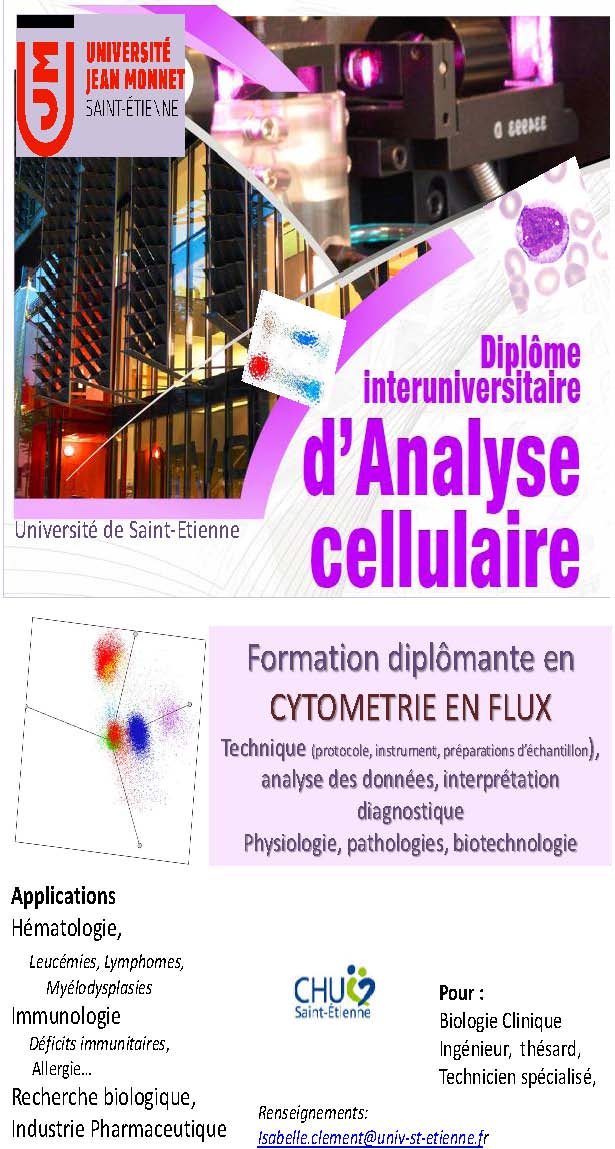
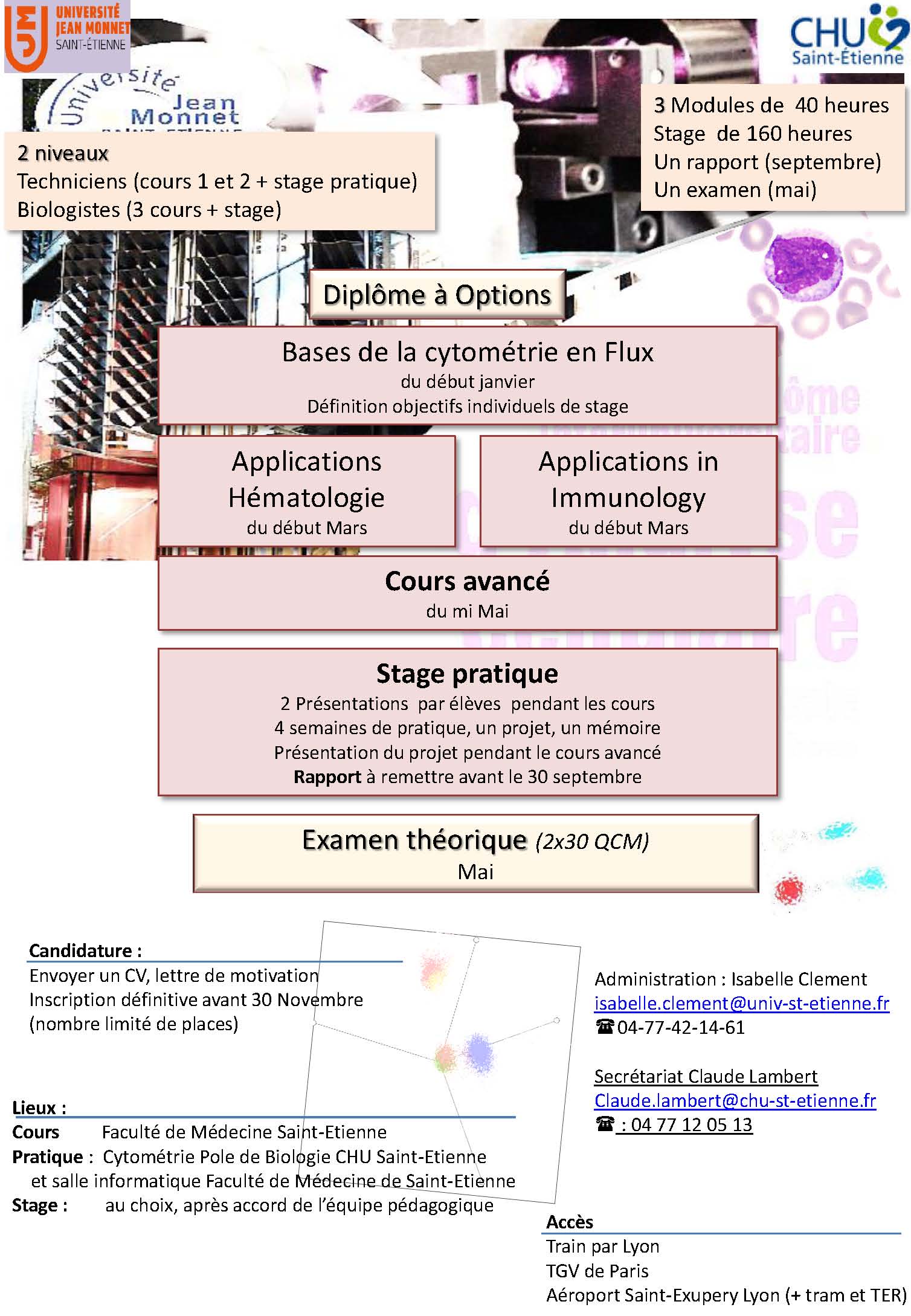
-
Connexion au site
La partie privée du site est réservée aux personnels de l'uB ayant accès : vous devez posséder un compte utilisateur.
Le login et le mot de passe que vous devez utiliser sont ceux de votre compte intranet de l'université.
Pour toutes questions ou problèmes merci de vous adresser à Cette adresse e-mail est protégée contre les robots spammeurs. Vous devez activer le JavaScript pour la visualiser..
-
Echanges ERASMUS
Les échanges ERASMUS s'adressent aux étudiants de Licence, Master et Doctorat
- Université de Saarbruck (Allemagne)
Contact : Mustapha Cherkaoui Malki
- University College of Cörck (Irelande)
Contact : Gérard Lizard
- Université de Turin (Italie)
Contact : Gérard Lizard
-
Communications AMOPA-21
Conférence AMOPA-21
(Association des Médaillés dans l’Ordre des Palmes Académiques)
Assemblée générale 19 mars 2013
L’alimentation, secret de longévité
Norbert Latruffe, Professeur
Université de Bourgogne
Laboratoire de Biochimie du Peroxysome, Inflammation et Métabolisme Lipidique
Bio-PeroxIL, EA 72706, Bd Gabriel, 21000 Dijon

Laboratoire Bio-PeroxIL - EA 7270
Expertise / Prestation de service
Contacts
Secrétariat : Nathalie Bancod
tel : 03 80 39 62 37- fax : 03 80 39 62 50
courriel : Cette adresse e-mail est protégée contre les robots spammeurs. Vous devez activer le JavaScript pour la visualiser.
